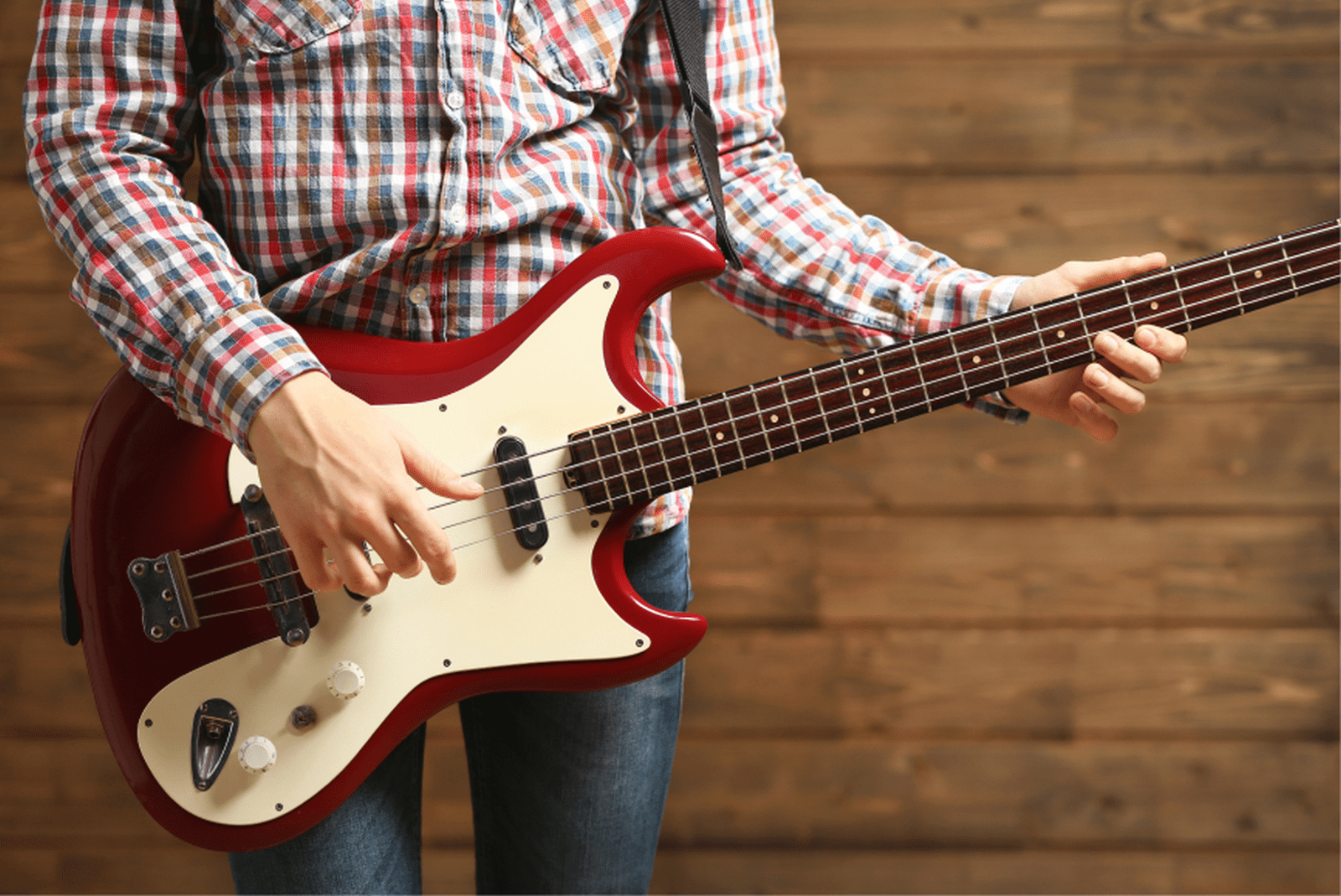The History of the Bass Guitar: From Jazz to Metal
27 September 2020
The bass guitar, now an essential instrument in many musical genres, has a rich history spanning several decades and styles. From its humble beginnings in jazz to its powerful presence in metal, the evolution of the bass guitar showcases its versatility and impact on music. In this article, we’ll explore how the bass guitar has journeyed from its origins to its current role in rock and metal.
1. Early Years: Origins and Development
The bass guitar began its history in the 1930s, when musicians sought a way to replace the cumbersome and unwieldy double bass in orchestras. Initially, the electric double bass was developed, incorporating the same construction as the double bass but with a guitar-like neck and strings.
In 1951, Leo Fender introduced the first electric bass guitar — the Fender Precision Bass. This instrument was a revolution in the music world due to its light weight, convenience, and tuning stability, making it popular among jazz and blues musicians.
2. The 1950s and 1960s: Jazz and Rock and Roll
In the 1950s, the bass guitar quickly gained popularity in jazz and rock and roll. The Fender Jazz Bass, released in 1960, offered enhanced sound quality and a broader range of tones compared to the Precision Bass, attracting many professional musicians.
During this period, the bass guitar began to establish itself as a crucial instrument in bands. It provided the rhythmic and harmonic foundation, becoming indispensable in ensembles. Legendary bassists such as Jaco Pastorius and Paul McCartney started to shape their unique playing styles, greatly expanding the instrument's possibilities.
3. The 1970s and 1980s: Progressive Rock and Funk
By the 1970s, the bass guitar was being widely used in various genres, including progressive rock and funk. Instruments like the Stingray and Music Man introduced new sounds and techniques, such as slap and pop, which became popular among bassists.
Instruments became more diverse. Brands began offering five- and six-string models, expanding the range and capabilities of bass players. The bass guitar started to play a key role in creating complex musical structures and rhythms, characteristic of progressive rock and funk.
4. The 1990s and 2000s: Metal and Alternative Rock
In the 1990s, the bass guitar found its place in metal and alternative rock. The instrument became a vital part of the sound of bands like Metallica, Nirvana, and Red Hot Chili Peppers. Bassists began using new techniques and effects to create more powerful and expressive sounds.
Modern metal bass guitars often feature active pickups and more complex construction to achieve the heavy and aggressive tones essential to the genre. In metal, the bass guitar not only supports the rhythm but also frequently performs solo parts, showcasing virtuosity and technical skill.
5. Contemporary Trends: Electronic and Experimental Sounds
Today, the bass guitar continues to evolve with the advent of new technologies and innovations. Electronic bass guitars and digital effects allow musicians to create unique sounds and explore new musical directions.
Contemporary bassists are actively experimenting with different styles and techniques, making the instrument even more versatile and adaptable. The bass guitar remains a crucial element in shaping and maintaining musical traditions, staying relevant across a wide range of genres from jazz and funk to rock and metal.
Conclusion
The history of the bass guitar is a story of musical innovation and constant development. From its early steps in jazz to powerful riffs in metal, the bass guitar has traveled a long journey, becoming a significant component in the sound and style of many musical genres. Today, this instrument continues to inspire and impress, remaining an integral part of the musical world.




